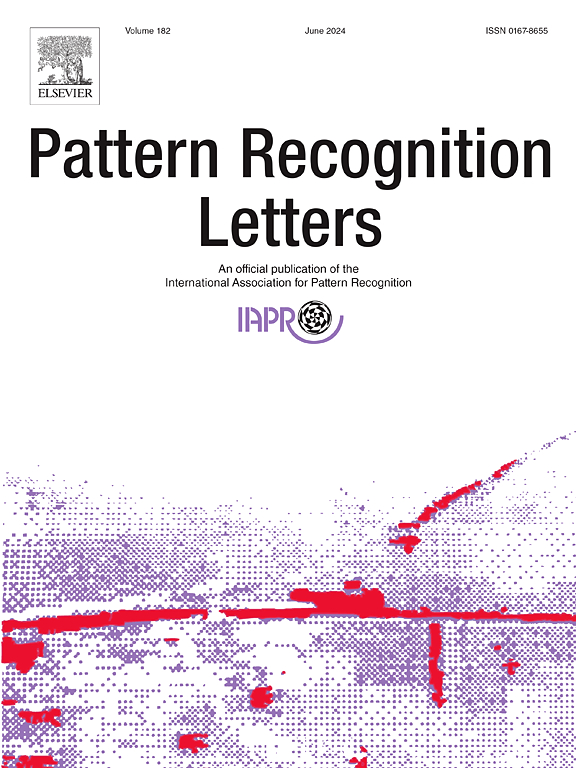利用浅层学习和卷积神经网络从光纤传感器的干扰信号中进行弯曲分类
IF 3.9
3区 计算机科学
Q2 COMPUTER SCIENCE, ARTIFICIAL INTELLIGENCE
引用次数: 0
摘要
弯曲监测在工程应用中至关重要,因为它有助于确定由负载作用或疲劳效应引起的任何结构变形。虽然应变计和加速度计以前曾被用来测量弯曲幅度,但光纤传感器已成为一种可靠的替代方法。本研究提出了一种基于机器学习的模型,用于分析干涉光纤传感器系统的干扰信号,并确定弯曲幅度和方向。其中,基于浅层学习和卷积神经网络(CNN)的模型被用来完成这项任务。此外,考虑到干涉信号的可重复性,还创建了一个合成数据集来训练模型,并使用真实的干涉信号来评估模型的性能。实验在一根柔性杆上进行,杆端配置为固定-自由和固定-固定,用于弯曲监测。虽然两个模型的平均准确率都超过了 91%,但只有基于 CNN 的模型的平均准确率超过了 98%。这证实了通过基于 CNN 的模型进行干扰信号分析来监测弯曲运动是一种可行的方法。本文章由计算机程序翻译,如有差异,请以英文原文为准。
Bending classification from interference signals of a fiber optic sensor using shallow learning and convolutional neural networks
Bending monitoring is critical in engineering applications, as it helps determine any structural deformation caused by load action or fatigue effect. While strain gauges and accelerometers were previously used to measure bending magnitude, optical fiber sensors have emerged as a reliable alternative. In this work, a machine-learning-based model is proposed to analyze the interference signal of an interferometric fiber sensor system and characterize the bending magnitude and direction. In particular, shallow learning-based and convolutional neural network-based (CNN) models have been implemented to perform this task. Furthermore, given the repeatability of the interference signals, a synthetic dataset was created to train the models, whereas real interferometric signals were used to evaluate the models’ performance. Experiments were conducted on a flexible rod in fixed–free and fixed–fixed ends configurations for bending monitoring. Although both models achieved mean accuracies above 91%, only the CNN-based model reached a mean accuracy above 98%. This confirms that monitoring bending movements through interference signal analysis by means of a CNN-based model is a viable approach.
求助全文
通过发布文献求助,成功后即可免费获取论文全文。
去求助
来源期刊

Pattern Recognition Letters
工程技术-计算机:人工智能
CiteScore
12.40
自引率
5.90%
发文量
287
审稿时长
9.1 months
期刊介绍:
Pattern Recognition Letters aims at rapid publication of concise articles of a broad interest in pattern recognition.
Subject areas include all the current fields of interest represented by the Technical Committees of the International Association of Pattern Recognition, and other developing themes involving learning and recognition.
 求助内容:
求助内容: 应助结果提醒方式:
应助结果提醒方式:


